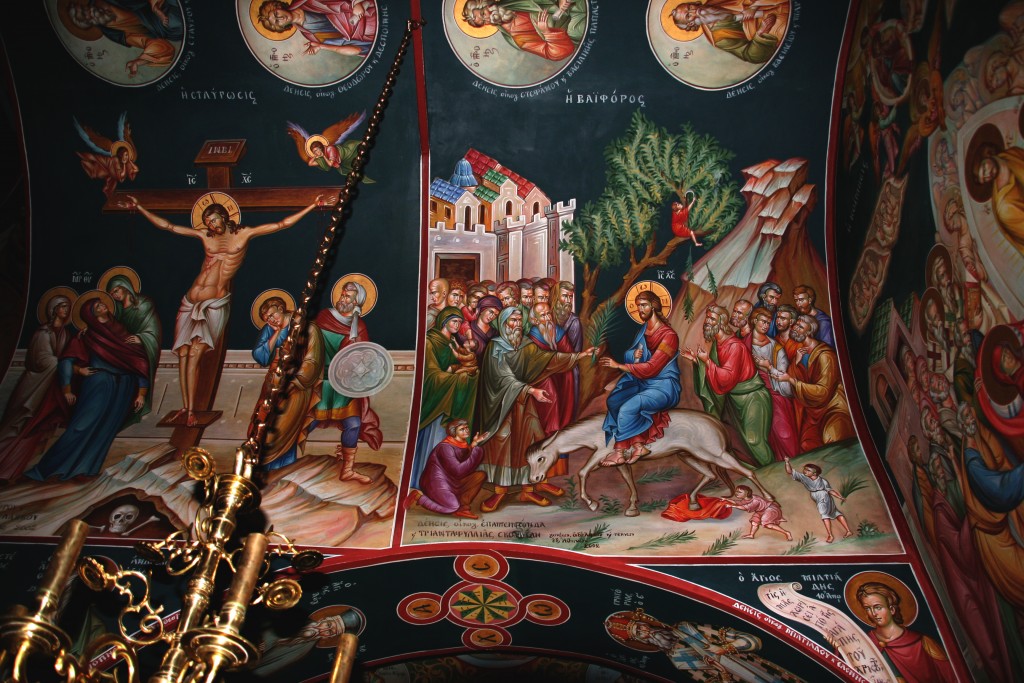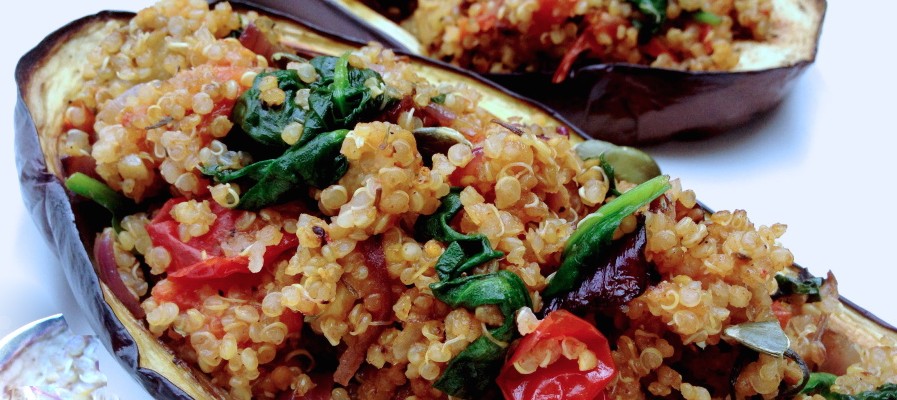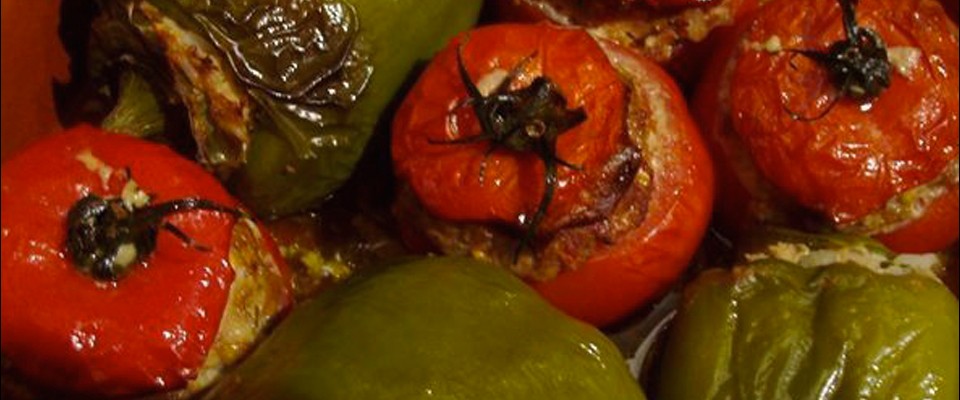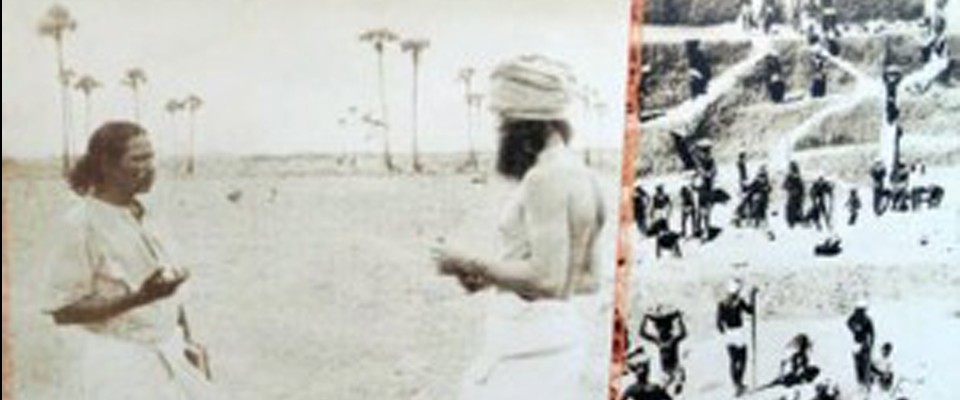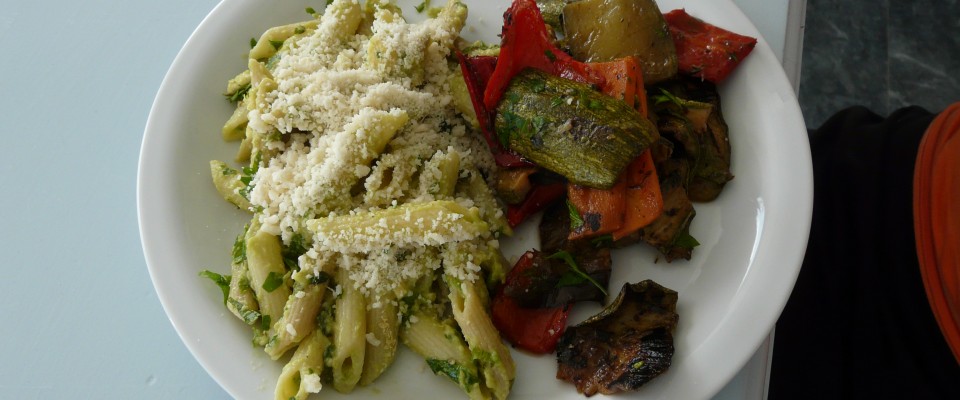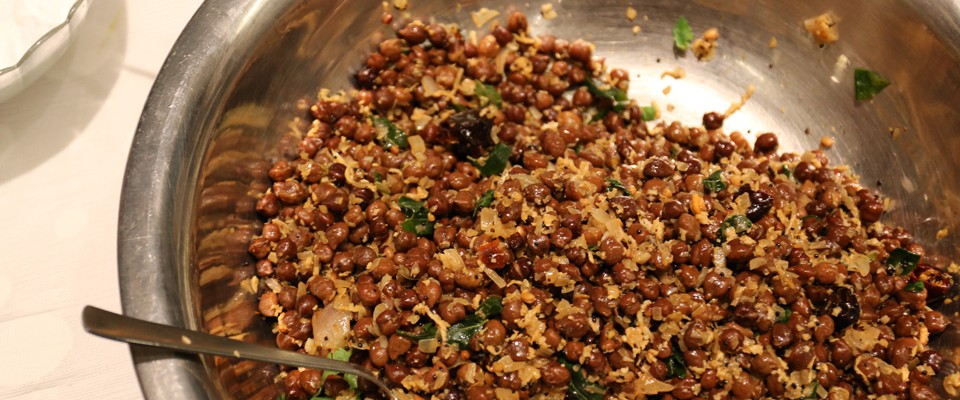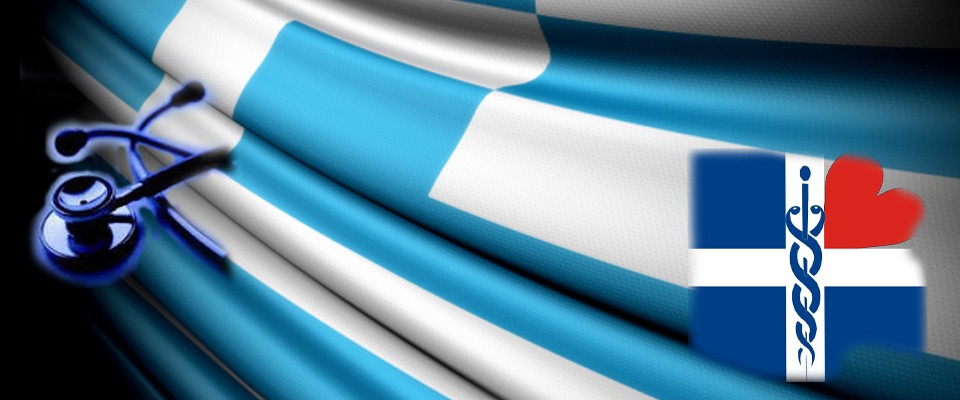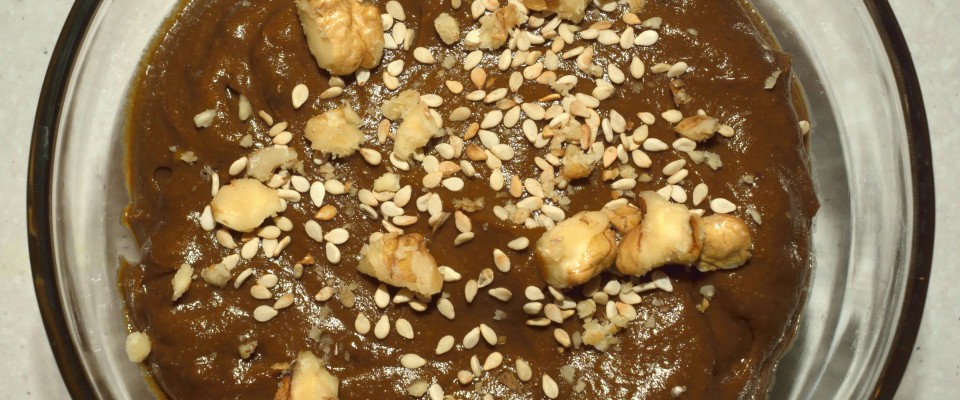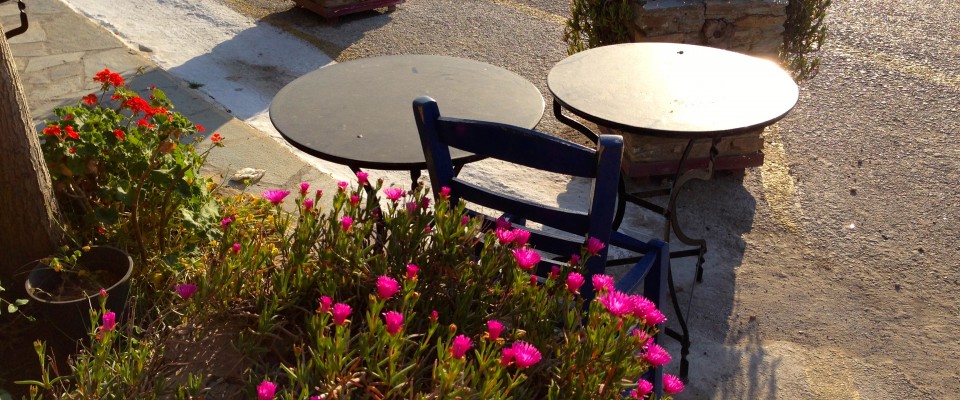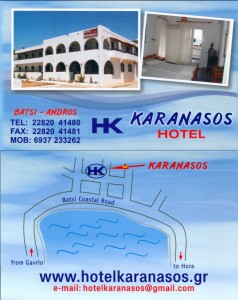On this page you will find the main links that we use, either for the purchase of equipment, or to visit Ashtanga Yoga teacher friends, etc.
Equipment
A specific nature of Ashtanga Yoga, it is that a carpet is enough to practice. Below a list with some addresses for you obtain this material :
- yogamatters.com
- yogamatsandmore.com
- AliExpress : Very interesting non-slip mat for beginners with position lines 185×68 cm x 5mm
- Bodynova : Microfibre towel, the underside of which is covered with a layer of TPE especially non-slip.
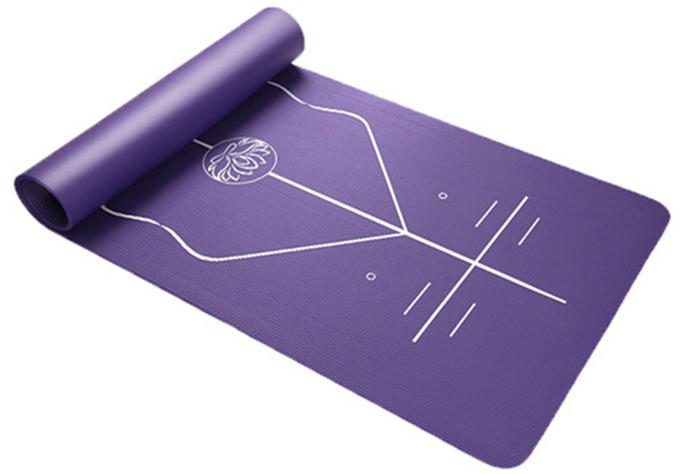
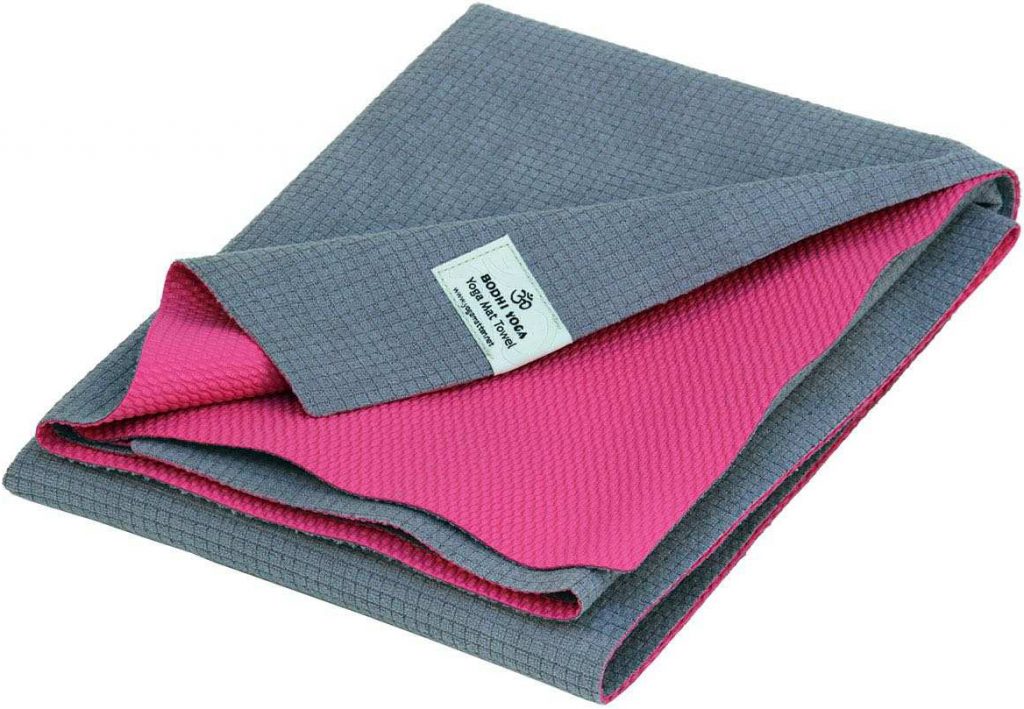
Web sites on Ashtanga Yoga
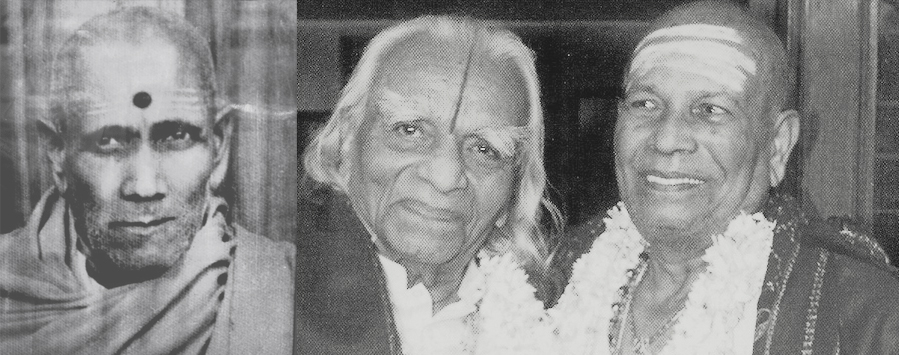
Official website of Sri K.Pattabhi Jois, Krishnamacharya, BKS Iyengar
- http://kpjayi.org Sri K.Pattabhi Jois
- http://kym.org/ Yoga Krishnamacharya Mandiram
- http://krishnamacharya.net Krishnamacharya on Yoga Knowledge presented by A. G. Mohan
- http://bksiyengar.com Yogacharya B.K.S. Iyengar
Other sites of our friends
Belgium :
- Bernadette Stiernet – Les Heures Claires A.S.B.L.
77, route de Bomerée
6032 Mont/ Marchienne
Téléphone : 071 21 31 57 – 0475 33 36 77 bernadette.stiernet@hotmail.com - Rémy Israel Mendelgwaig (Mendelzweig) remymen@gmail.com – samadhiveillance.org
- Sergine Laloux : laloux@gmail.com – www.anjalishala-yogas.be
France :
Paris
- http://www.samasthitistudio.net Caroline Boulinguez
- http://www.ashtangayogaparis.fr/fr_fr/ Gérald Disse et Linda Munro
- http://www.espacesattva.fr/ Sreemati, Didier Dozas, Stéphane Colliège, Sian Melangell Dafydd, Delphine Lê, Charlotte de Sailly, etc.
Rennes (Bretagne)
- Cécile Dalibard Raout : La Basse Lande, 35190 CARDROC – Telephone : 99.45.82.09
- http://www.aray.fr Yan & Anne-Marie Le Boucher, Luc Carimalo & Mireille Drouet, etc.
Fourmies (Nord of France)
- http://fourmiesyoga.free.fr/pages/cours-acces.html Claude Daumal
Greece :
- Katerina Zougrou : http://katerinazougrou.wix.com/ katarizou@gmail.com Phone : 0030 6997902290
- Sophia & Dimitri : sofskourti@gmail.com
- Nikos Zografos & Elepheria, Dodekanisou 18, Athènes http://www.crytal.yoga.gr – eleftheria112@yahoo.gr


